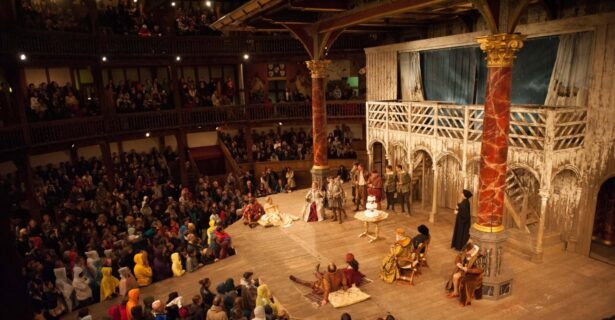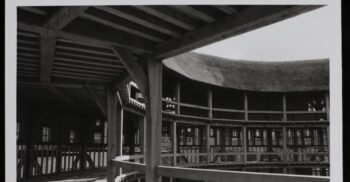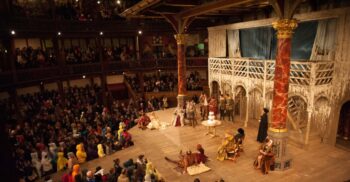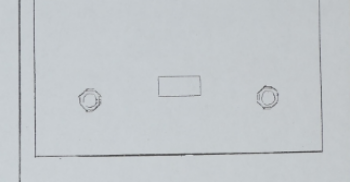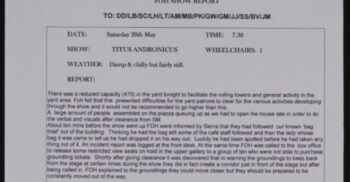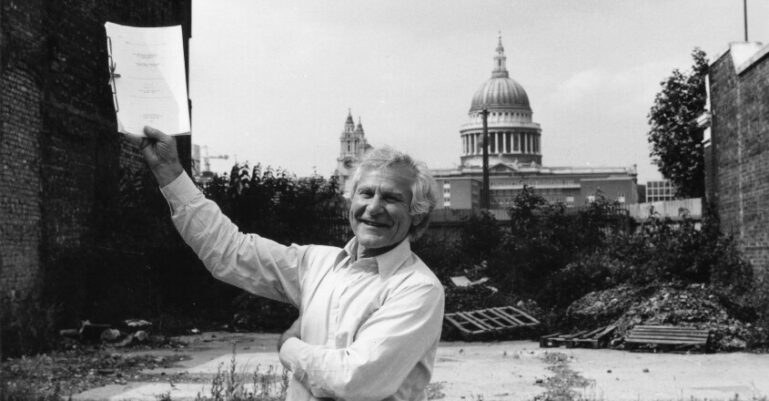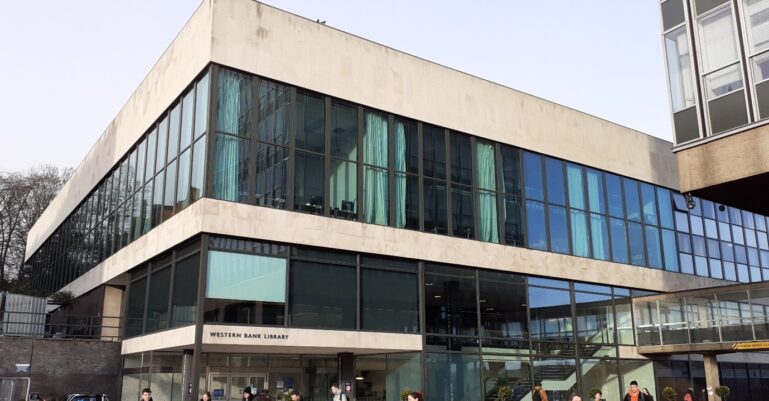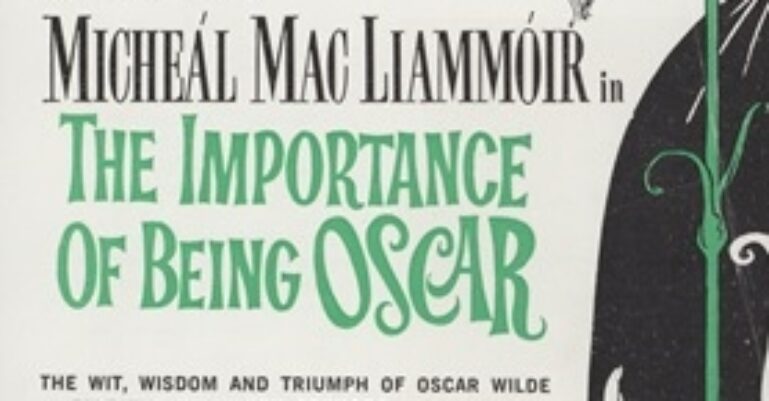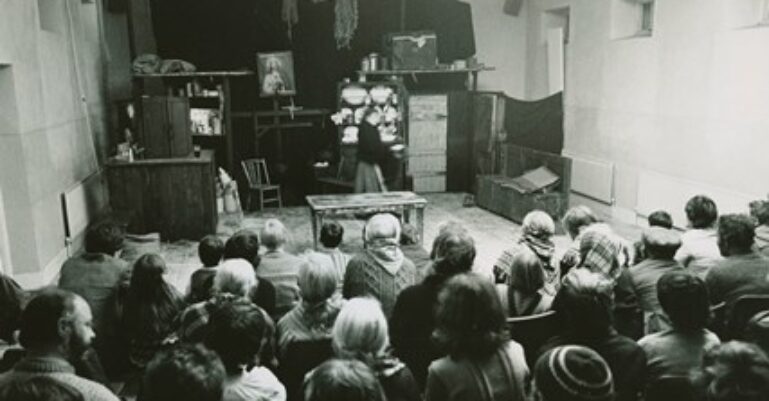Our March post comes from APAC institutional member Adam Matthew Ltd. The academic digital publisher discusses the digitisation of the performance archives of Shakespeare’s Globe.
info@amdigital.co.uk
Posted: Monday, March 18th, 2019
Tagged with:
Digital
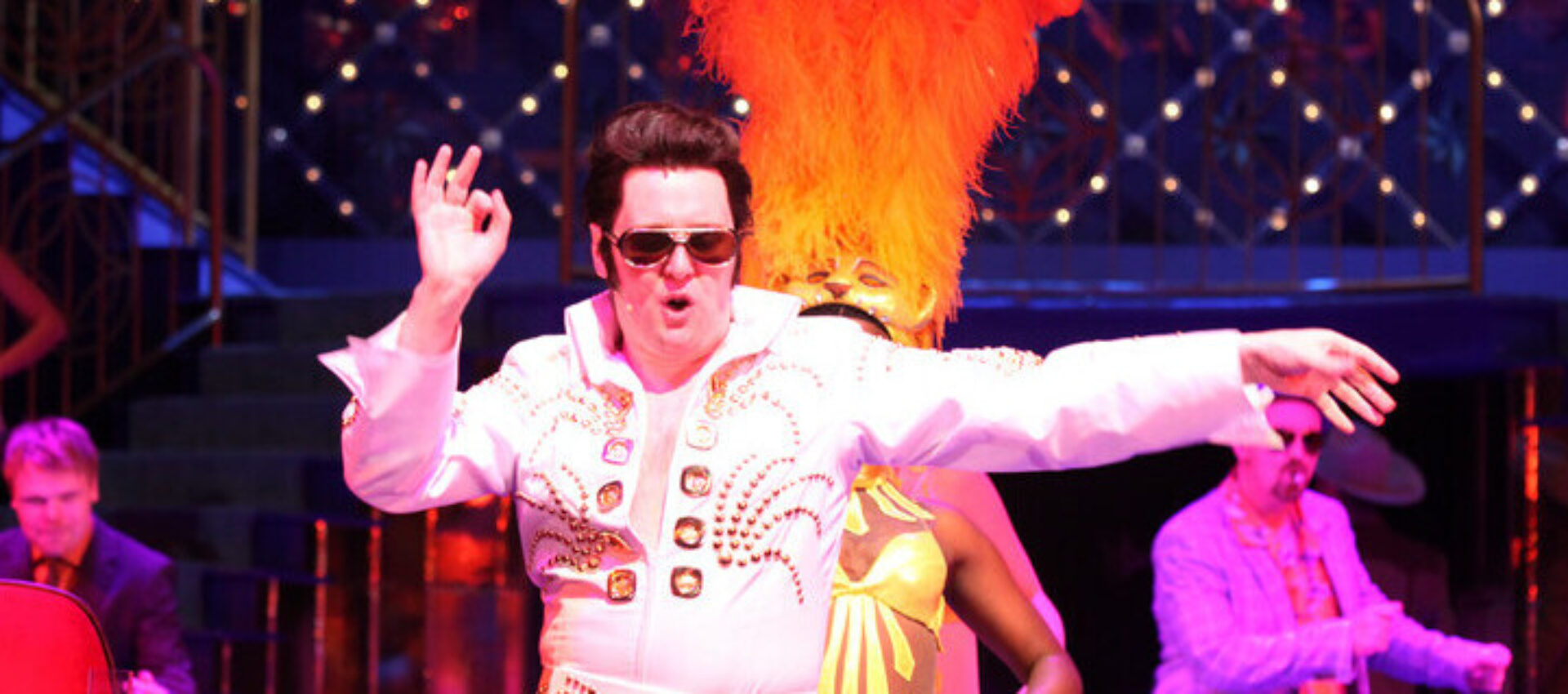
Gallery
What connects our members’ collections? Here we put a spotlight on some of the curious themes that tie us together.
